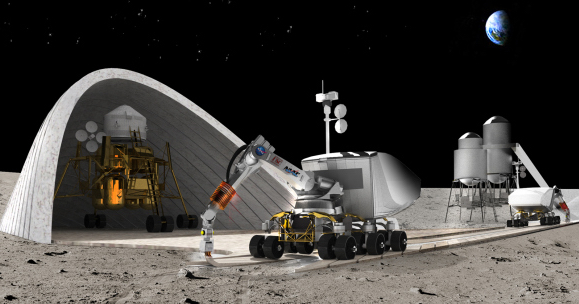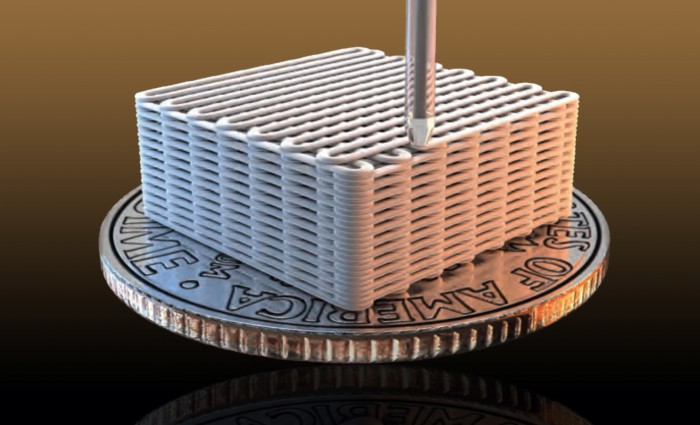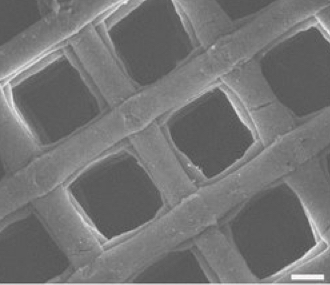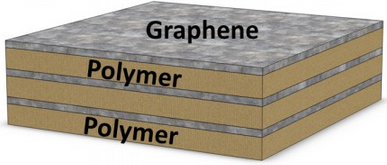NASA and the National Additive Manufacturing Innovation Institute (America Makes) are holding a new $2.25 million competition, the 3-D Printed Habitat Challenge, to design and build a 3-D printed habitat for deep space exploration, including the agency’s journey to Mars.
The program is designed to advance the additive construction technology needed to create sustainable housing solutions for Earth and beyond. The idea is to avoid taking along materials and equipment for building a habitat on a distant planet, which would take up valuable cargo space.
The first phase of the competition calls on participants to develop state-of-the-art architectural concepts that take advantage of the unique capabilities 3-D printing offers. A prize purse of $50,000 will be awarded at the 2015 Maker Faire in New York.
“The future possibilities for 3-D printing are inspiring, and the technology is extremely important to deep space exploration,” said Sam Ortega, Centennial Challenges program manager. “This challenge definitely raises the bar from what we are currently capable of, and we are excited to see what the maker community does with it.”
The second phase of the competition is divided into two levels. The Structural Member Competition (Level 1) focuses on the fabrication technologies needed to manufacture structural components from a combination of indigenous materials (such as Moon regolith) and recyclables, or indigenous materials alone. The On-Site Habitat Competition (Level 2) challenges competitors to actually fabricate full-scale habitats using indigenous materials or indigenous materials combined with recyclables. Both levels are open for registration Sept. 26, and each carries a $1.1 million prize.
Winning concepts and products will help NASA build the technical expertise to send habitat-manufacturing machines to distant destinations, such as Mars, to build shelters for the human explorers who follow. On Earth, these capabilities may be used one day to construct affordable housing in remote locations with limited access to conventional building materials.






